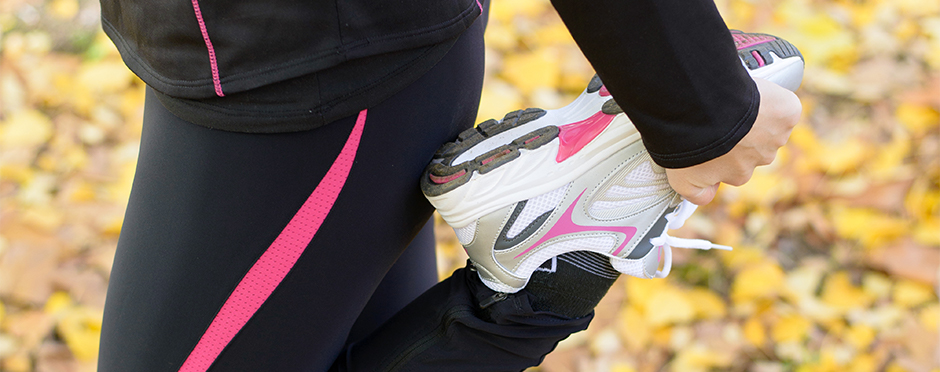
Stretching Vs. Warming Up: What’s the Difference?
Leave a CommentOne of the more frequent questions I am asked when conducting physical therapy evaluations is “Did my injury occur because I did not stretch before my physical activity?” That’s a great question and the quick answer is no…..and yes. Let me explain.
Stretching
Stretching is an important part of our health in order to maintain range of motion and flexibility. Yet, how many times have you witnessed someone show up two minutes before their recreational league game, bend over and touch their toes a few times, twist their trunk, run in place for three seconds, then yell “OK, I’m ready.” When they inevitably pull a hamstring a few minutes into the game, they will chalk it up to “I did not stretch before, that’s why I got hurt.” That may not necessarily be correct. Even if that person had spent five minutes performing static stretches, they still may not have avoided the injury.
There is this prevailing idea that stretching, or not stretching, right before activity is exclusively linked to injury. Poor flexibility may contribute to injury, however, it is not going to significantly change muscle flexibility during those few stretches preceding activity. In fact, static stretching immediately before physical activity has been shown to decrease muscle strength, power output and balance ability.1,2 These are all things that we do not want hindered before physical activity.
Static stretching still has its place; just not those few minutes before performance. We should be performing static stretches several hours before, or ideally, after physical activity. Performing a static stretching routine three times per week and holding each stretch three times for 30 seconds is recommended.3 A stretching routine is a long term investment into flexibility, not something to rush before activity. So, yes flexibility can be a contributing factor to an injury, but this may have more to do with an insufficient stretching routine versus lack of stretching immediately before activity.
Warming Up
A lack of warm up before participating in physical activity may be the bigger culprit in acute injuries. A proper warm up will gradually increase heart rate which in turn increases blood flow, oxygen and nutrients to our muscles. This will also increase body temperature which increases muscle extensibility. In other words, it makes muscles more pliable and increases joint range of motion, thus making them less prone to injury. Think of glass as an example. If you try and bend glass it will break. However, if you were to heat glass up, increasing its temperature, you are able to bend it into a variety of shapes. The same concept can be applied to muscles. A cold muscle is not going to bend and stretch as well as a warm muscle, which may lead to injury.
So what should a proper warm-up include? Warming up can be as simple as low intensity cardiovascular activity. It may be a low intensity version of the activity you’re about to perform or a low intensity cross training activity. It can include dynamic stretches or classic calisthenics movements. The idea is to get the body moving and slowly increase heart rate and raise the body temperature over a 10-15 minute period.
Reducing Injury
Each injury is unique and can occur under different circumstances and for different reasons. Understanding the differences between warming up and stretching, while performing them in their proper context, is one simple yet effective step to reducing injury and maintaining participation in activities.
If you would like to learn more about stretching and injury prevention from an Athletico physical therapist, please use the button below to request an appointment!
The Athletico blog is an educational resource written by Athletico employees. Athletico bloggers are licensed professionals who abide by the code of ethics outlined by their respective professional associations. The content published in blog posts represents the opinion of the individual author based on their expertise and experience. The content provided in this blog is for informational purposes only, does not constitute medical advice and should not be relied on for making personal health decisions.
References:
Cornwell AG et al. (2001), Acute Effects of Passive Muscle Stretching of Vertical Jump Performance. Journal Human Movement Study, 40:307-24
Young WB, Behm DG. (2002). Should Static Stretching Be Used During a Warm Up For Strength and Power Activities. National Strength and Conditioning Association, 24(6), 33-37.
Bandy WB, Irion JM, Briggler M, (1997) The Effect of Time and Frequency of Static Stretching on Flexibility of the Hamstring Muscle. Physical Therapy, 77(10), 1090-1096.
